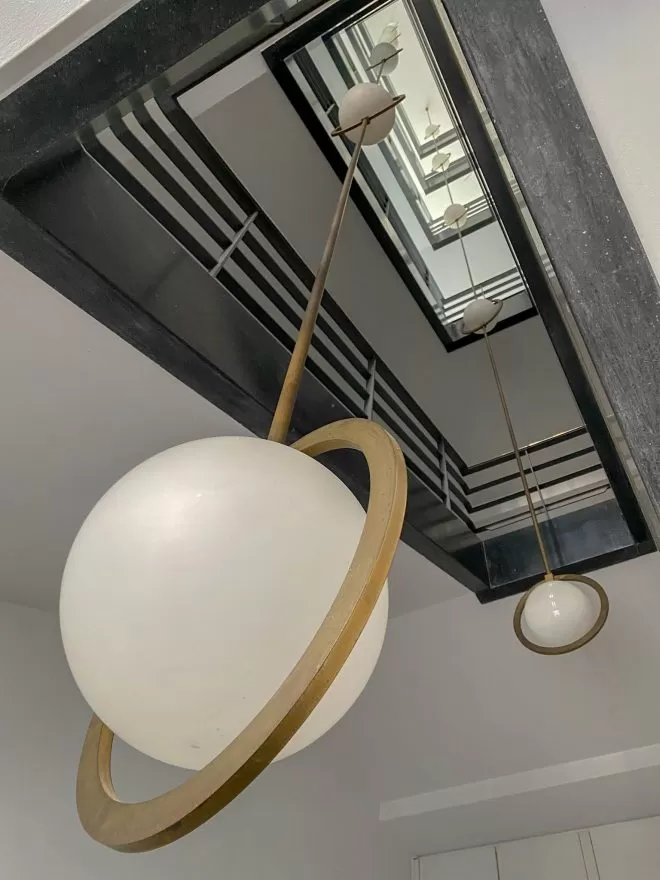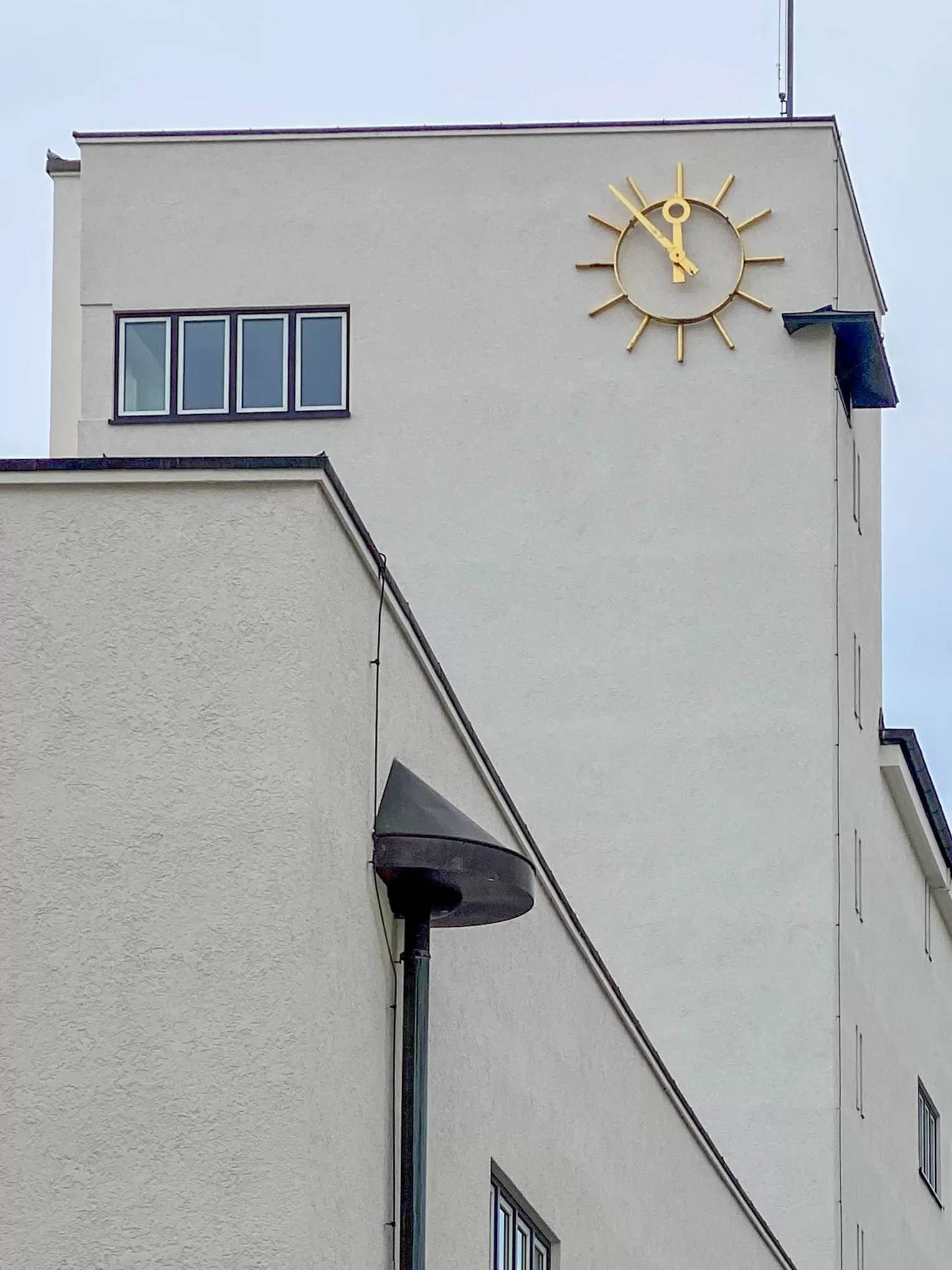
Main post office, 1929-1931. Architects: Robert Simm, Karl Meier, Georg Rosenauer
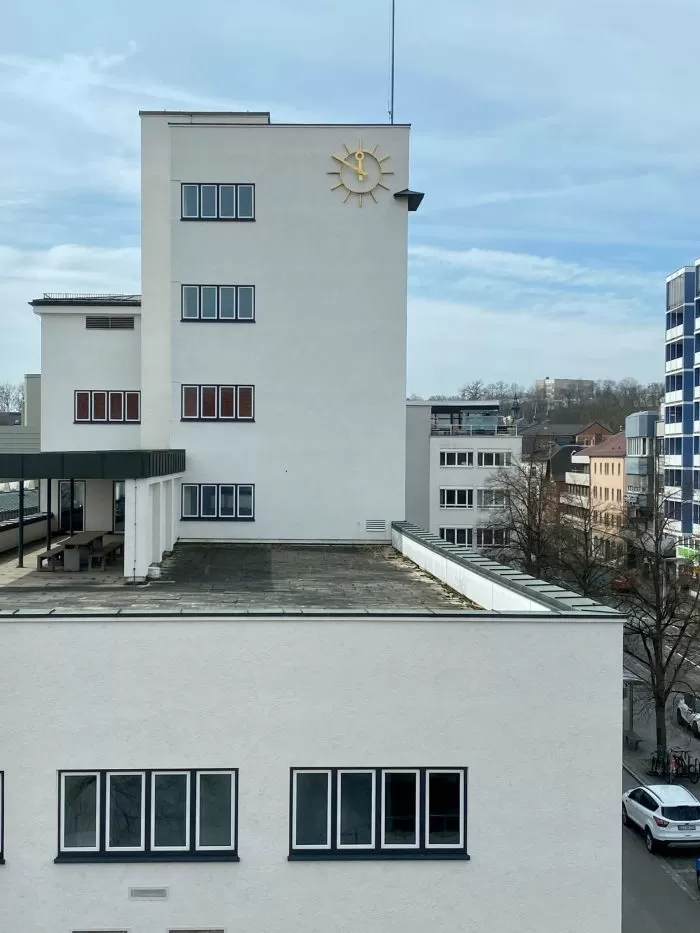
Main post office, 1929-1931. Architects: Robert Simm, Karl Meier, Georg Rosenauer. Photo: Daniela Christmann
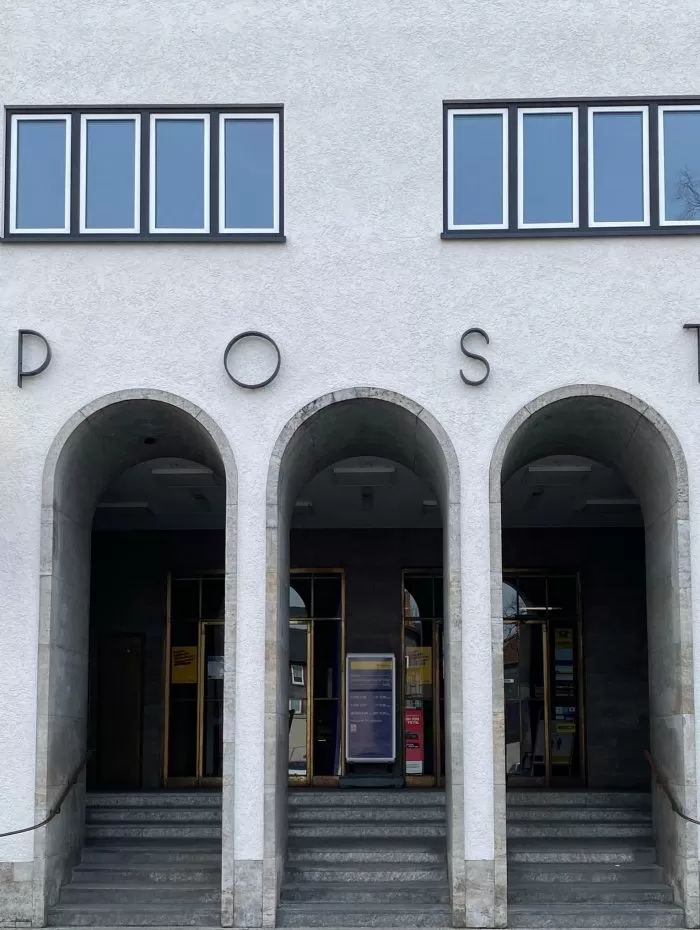
Main post office, 1929-1931. Architects: Robert Simm, Karl Meier, Georg Rosenauer. Photo: Daniela Christmann
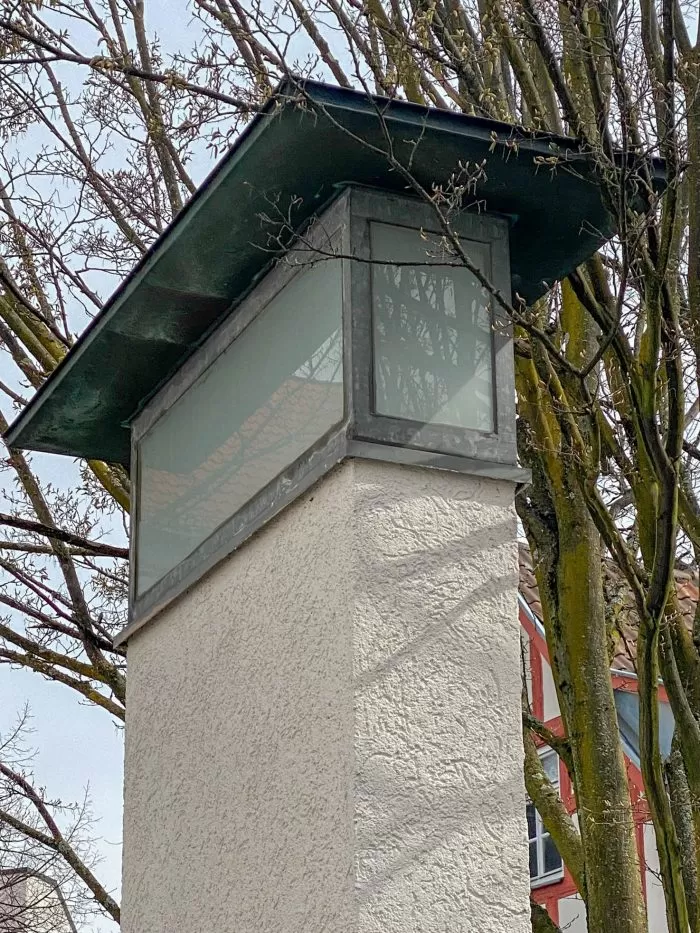
Main post office, 1929-1931. Architects: Robert Simm, Karl Meier, Georg Rosenauer. Photo: Daniela Christmann
1929 – 1931
Architects: Robert Simm, Karl Meier, Georg Rosenauer
Hindenburgstraße 6, Coburg, Germany
The former main post office in Coburg was built from 1929 to 1931 according to plans by Robert Simm, Karl Meier and Georg Rosenauer in the New Objectivity style.
With its slightly curved facade the four-story building with a narrow staircase tower and side wings is set back from Hindenburgstraße.
Circumferential, flush-fitted window strips and the recessed entrance with three arched arcades in front characterize the whitewashed plaster facade.
The building is constructed as a steel skeleton structure with demountable interior walls and non-bearing exterior walls of pumice concrete blocks.
Bayerische Postbauschule (Bavarian Postal Building School)
Like the post office on Goetheplatz in Munich, the post office in Coburg is a building from the so-called Bayerische Postbauschule (Bavarian Postal Construction School).
In 1920, a Postal State Treaty had been concluded between the German Reich and the State of Bavaria and Württemberg, resulting in the transfer of the Bavarian State Post Office to the German Reich Post Office.
Bavaria then received its own independent department of the Reichspost Ministry based in Munich.
Within this department, a separate postal construction department was set up for the first time, which was able to carry out its construction tasks completely independently within the framework of the funds allocated to it from the Reichspost budget.
The leading positions were filled by relatively young architects such as 37-year-old Robert Poeverlein, who was appointed head of postal construction in Bavaria.
Architects
36-year-old Robert Vorhoelzer was appointed head of structural engineering at the Oberpostdirektion in Munich.
Poeverlein and Vorhoelzer had been close friends since their student days, which resulted in an ideal cooperation.
Due to the cultural sovereignty of the State of Bavaria, general approval was required for all buildings in Bavaria.
As an authority of the German Reich, however, the Post Office was not bound by these requirements.
Thus, although the responsible building authorities could very well raise concerns and make suggestions, the final decision ultimately rested solely with the postal administration.
Neues Bauen
Young architects were attracted by the close cooperation of all those involved, the independence and autonomy, and the openness to the ideas of Neues Bauen.
Initially, the Munich structural engineering department of the Post Office under Robert Vorhoelzer, as well as the Nuremberg and Würzburg departments, had been responsible for all of Bavaria’s eight head post offices.
As the need for new buildings increased, Bamberg was given its own structural engineering department headed by Robert Simm.
Heinrich Müller took over the Rheinpfalz and Georg Werner became the department head in Augsburg. Karl Schreiber took over the department in Regensburg.
After 1934
The Postal Construction Department existed until 1934, when the law to simplify and cheapen administration abrogated the state treaties with Bavaria and Württemberg.
In the years following 1934 the Postal Construction Department in Munich was closed and its management transferred to the Reichspost Ministry in Berlin.
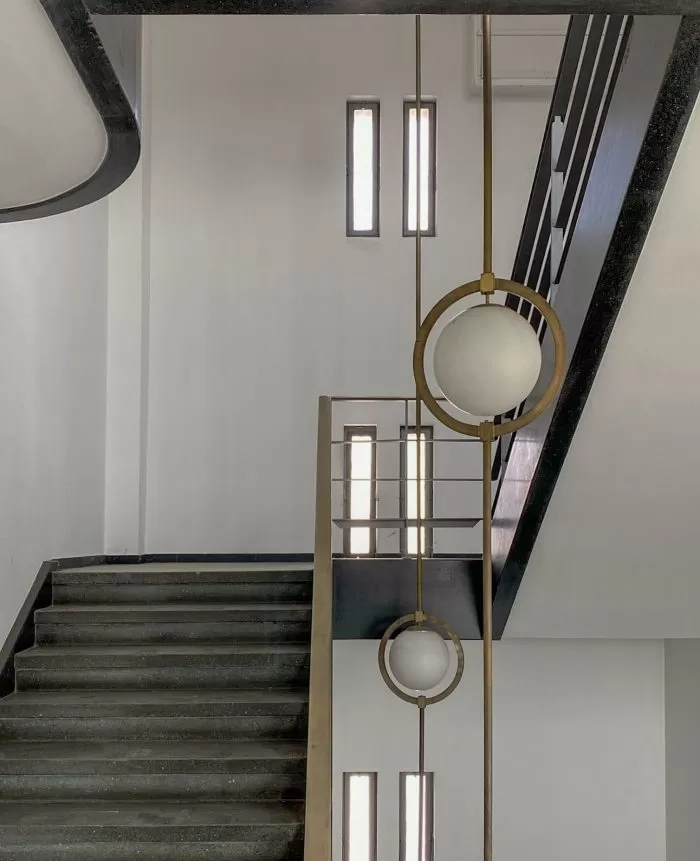
Main post office, 1929-1931. Architects: Robert Simm, Karl Meier, Georg Rosenauer. Photo: Daniela Christmann
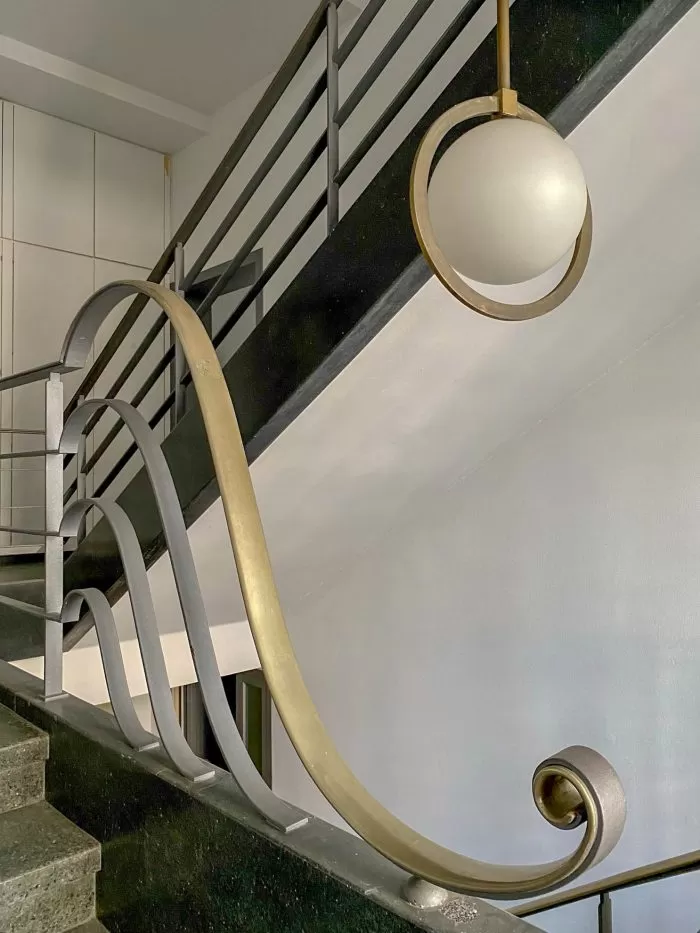
Main post office, 1929-1931. Architects: Robert Simm, Karl Meier, Georg Rosenauer. Photo: Daniela Christmann
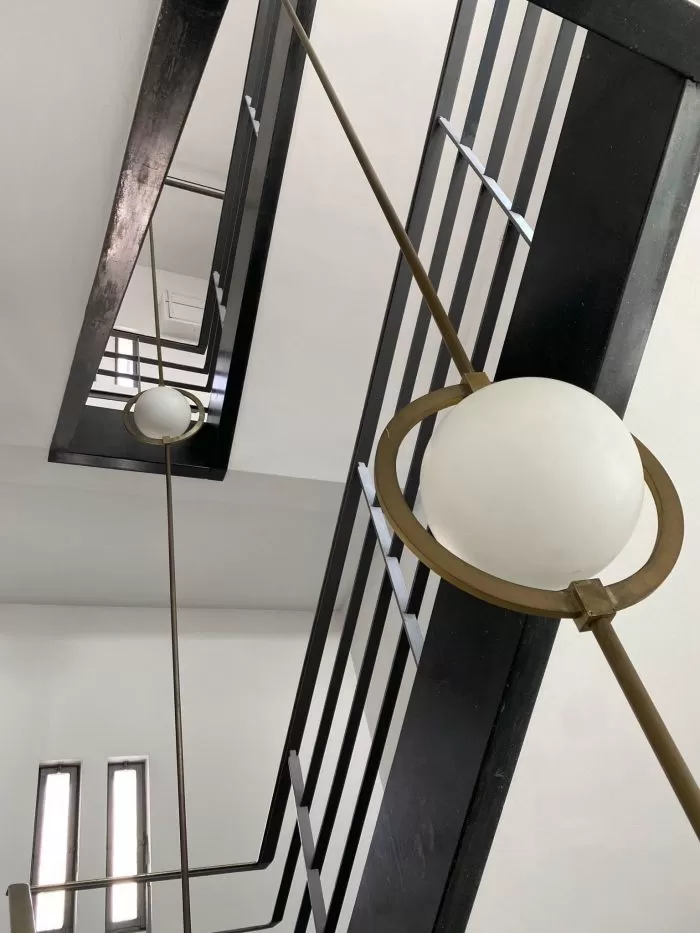
Main post office, 1929-1931. Architects: Robert Simm, Karl Meier, Georg Rosenauer. Photo: Daniela Christmann
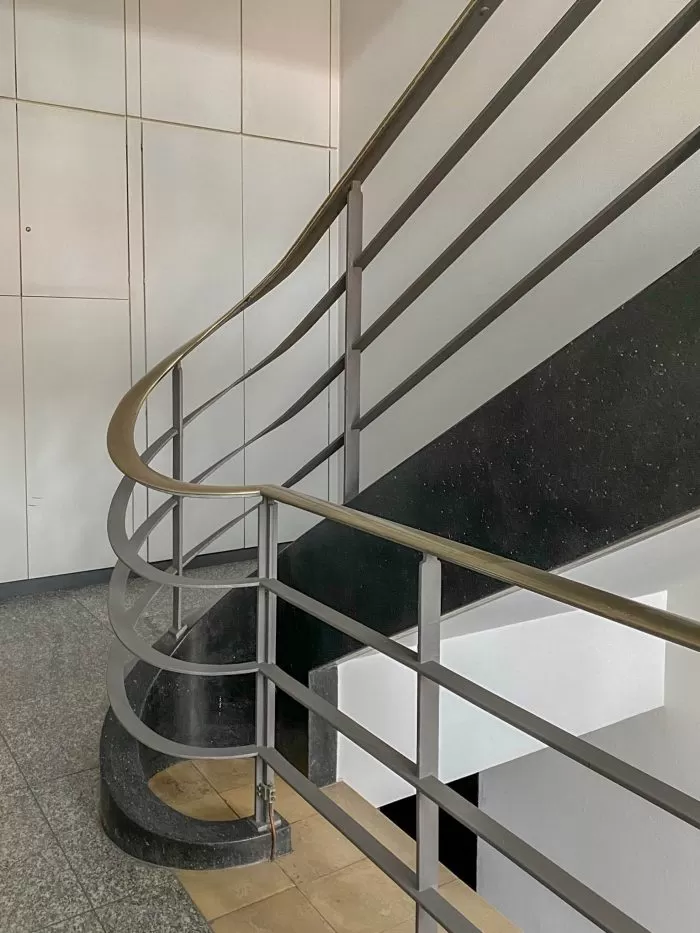
Main post office, 1929-1931. Architects: Robert Simm, Karl Meier, Georg Rosenauer. Photo: Daniela Christmann
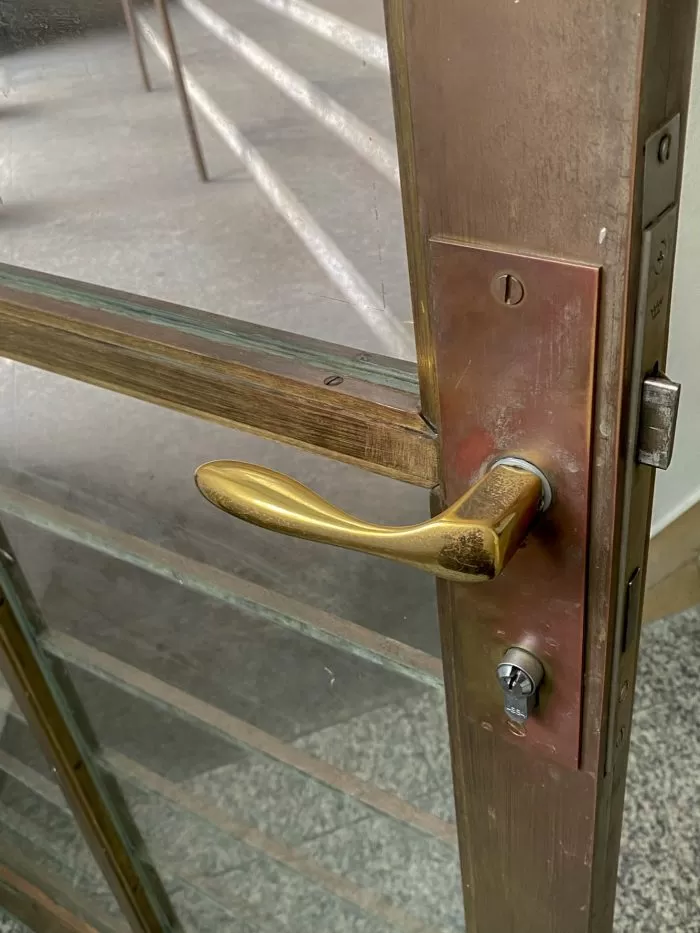
Main post office, 1929-1931. Architects: Robert Simm, Karl Meier, Georg Rosenauer. Photo: Daniela Christmann

